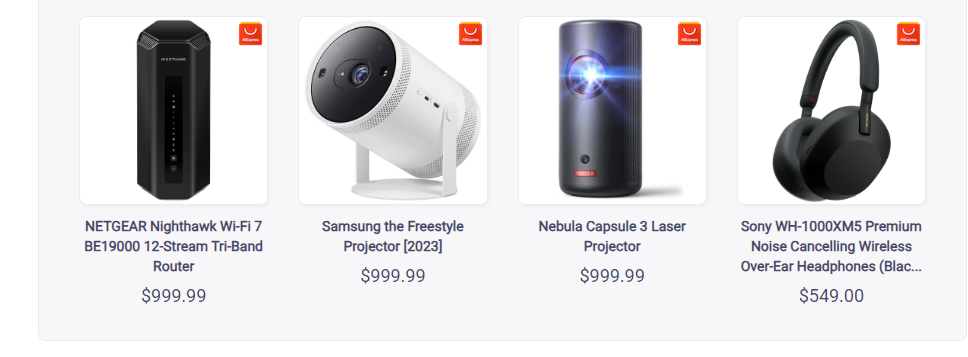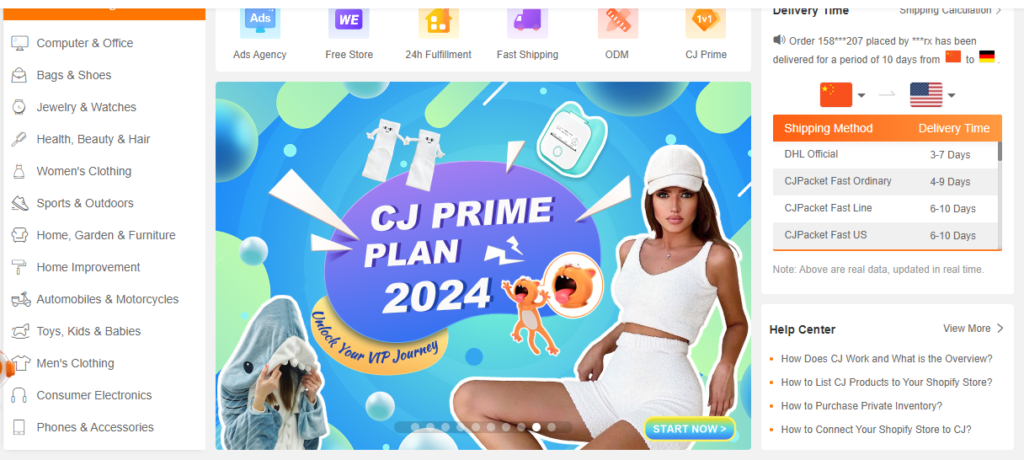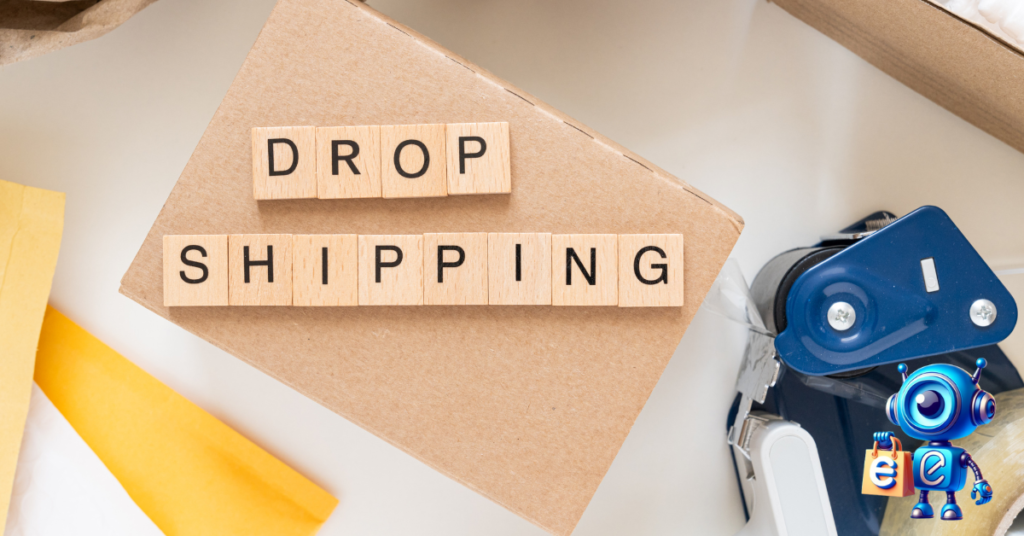Launching your online business may seem challenging, but with the guidance and the right tools in e-commerce and dropshipping, it’s just a walk in the park.
The dropshipping business isn’t just about finding hot-selling dropshipping products and building a profitable online store; it’s about crafting a company that puts products in the hands of the right consumers quickly and efficiently, with the minimal financial input needed upfront.
This guide will walk you through every step you need to take to start dropshipping store.
Table of Contents
Step 1: Choose a Niche for your dropshipping store
The secret to starting and running a successful dropshipping business is choosing the right niche or product for your store.
A niche is a market segment that appeals to and addresses a unique consumer group or provides a solution to a specific problem.
When choosing a dropshipping niche, consider checking the following;
- Passion and knowledge: Don’t Choose a niche you’re genuinely interested in and understand well. Dropshipping only works when you do the opposite; what you love might translate to something other than sales or what your consumers like.
- Market demand: Check if the niche you want to go with is in demand, and do your research to determine if there’s a viable consumer base or trend in the market. You can cross-check this via Google Trends and other product-hunting tools.
- Competition: Consider going with a niche with low competition but high demand, which means only a few drop shippers are selling the products despite their potential competitive niche, which could make it hard for new drop shippers to stand out. However, no competition could mean there’s no market or untapped market.
- Profit margins: Make sure there’s enough profit margin to cover your business’s operational costs and make a profit.
Step 2: Research Your Competitors
Understanding your dropshipping competition is vital in setting up a successful and profitable store.
Researching your competitors helps identify hot-selling products and common pricing strategies and access the niche’s most effective marketing techniques you can reciprocate in your business.

You can start by analyzing your competitor’s keywords and traffic using tools like Semrush and then use the information to optimize your product pages or as keywords and interest to use in paid marketing, e.g., running Google ads.
Step 3: Find a reliable Supplier
You need to form a good rapport with your supplier and have them in sync with your company goals and objectives.
A good relationship with your supplier is the backbone of your business.
Unreliable suppliers can kill your business with poor communication, delayed shipping, damaged products, and unresponsiveness when needed, more so during the refunds, chargebacks, or disputes claims.
Choosing a dropshipping supplier can either make or break your dropshipping business.
You need to invest more time in researching a suitable dropshipping supplier who can ship your product in time, has no minimum order quantity (MOQ), offers the option to brand the products (white labeling), and, most importantly, can handle bulk orders.
There are various methods to deploy to find a supplier that fits your business needs:
Use directories that feature drop shippers on their platform, e.g., Cjdropshipping.

Reach out to manufacturers directly, either through their social media pages or their website, and inquire if they can supply your store; you can also check out native supplier sites like 1688, which feature manufacturers in different niches.
Go the extra mile and dawn your acting suit, order the product you intend to sell from a competitor, and asses the product quality, packaging, and how they package their marketing plan.
The option is to use Shopify dropshipping apps like Dsers, which also have their vetted suppliers featured on their platforms. Almost every niche you may think of on Dsers has a range of suppliers.
If that is not enough for your business, you can head over to Aliexpress and find your supplier; even though Aliexpress sellers are dropshipping products, they can still double as a supplier, but you would have made a good margin if you dealt with the manufacture directly or find a good offer on Alibaba which is the mother of wholesale and suppliers.
When sourcing for a supplier, always consider the supplier that offers fast shipping times and excellent customer service.
Step 4: Design Your Brand
Come up with a solid brand identity that represents your products and website in general.
Your business branding should include a professional logo, color schemes, and product packaging.
Focus on your brand strengths and unique selling proposition (USP) that sets you apart from the thousands of dropshipping stores selling in the same niche as you.
To develop professional branding, you can hire a designer on freelancer sites to build a unique design customized to your branding needs.
Step 5: Build Your Dropshipping Store
Choosing the right e-commerce platform to build your online store is essential; Shopify is one of the best e-commerce platforms to create a dropshipping store.
You can also check out WooCommerce or Bigcommerce. Choose the platform that offers easy-to-use tools and premium themes for store customization.
When designing your stores, there are things you need to focus on and ensure your store adheres to;
- Choose a clean and user-friendly front-end design.
- Write high-quality store content and SEO optimize your product pages, upload high-quality images, and have user-friendly product URLs.
- Choose a reliable dropshipping app like Dsers. The app should facilitate automatic order fulfillment and offer tracking information.
Step 6: Register dropshipping Business as a legal entity
Having your business registered is critical from both legal and tax perspectives.
Your legal documents and registration come in handy whenever your payment gateway requests further documents to support your transaction.
Payment gateways like Paypal and Stripe may occasionally put your money on hold until the business is proven legitimate with documentation; in most cases, PayPal bans dropshipping stores permanently, and you want to be separated from the statistics.
Depending on your state or country of residence, you can form an LLC, LTD, etc., to register your dropshipping.
If you are a non-US resident, you can register your business in the UK, which gives you the same opportunity as a UK resident with a valid residential and office address, a valid Business name registration, a memorandum of understanding, and required company documentation.
1stformation helps eCommerce store owners register their businesses as UK residents without having to set foot in the UK.
Read Also:
- Running Ads With AI: Everything You Need To Know
- How AI Newsletter Creation Changing The Email Marketing
- How To Supercharge Google Ads With AI For Conversion
- Best AI for Shopify: A Comprehensive Guide
- How To Create Instagram Posts With AI
Step 7: Market Your Store
E-commerce success only happens sometimes; it’s not a rich, quick scheme, nor do sales come organically.
For business longevity, you need digital marketing strategies like (SEO), email marketing, social media marketing, and pay-per-click (PPC) advertising to promote your dropshipping store.
You can run perfect ads on Google using AI. eCommerce AI ads automation helps merchants run ads; it handles ad placement, budget allocation, and ad creatives.
Most e-commerce store owners prefer eCommerce Bots; try it for 30 days with no credit information required.
You can run ads on Facebook and TikTok, start affiliate marketing, and focus on creating high-quality ad copies and creatives.
In your marketing plan, focus on the following;
You must create unique and relevant content to drive traffic to your dropshipping store.
- Actively engaging with your niche community via social media.
- Build a customer email list to market your store’s promotion.
- Running targeted ads to drive traffic and conversions.
Step 8: Analyze and Improve
Regularly analyzing your dropshipping store metrics and customer feedback is essential.
Use tools like Google Analytics to track traffic and Google Search Console to track impressions, ranking, conversion rates, and customer behavior on your Shopify store.
Give serious customer reviews and feedback on your products to identify areas for improvement. Continuously optimizing your online store helps to enhance customer satisfaction and drive more sales.
Read Also:
- Top 5 Ecommerce Chatbots For Merchants Selling Online
- How To Create Instagram Posts With AI (5 Easy Steps)
- Top 5 Shopify Auto Checkout Bots: Boost Online Sales
- Top 5 Best Shopify Bots For Boosting Your E-Commerce
- Ultimate Guide To Picking A Good Bot For Shopify Store
Conclusion on how to Start Droshipping store
Starting a dropshipping store is a journey that combines entrepreneurship, e-commerce, and marketing. Understanding the process and investing time in careful planning and execution will set you up for success.
You can try Ecommercebot for free; no credit card is required. You agree to turn your E-commerce business into a success story by clicking the image below.

Remember, your store’s growth is a marathon, not a sprint, so stay resilient and open to learning and adapting as you build your business.

